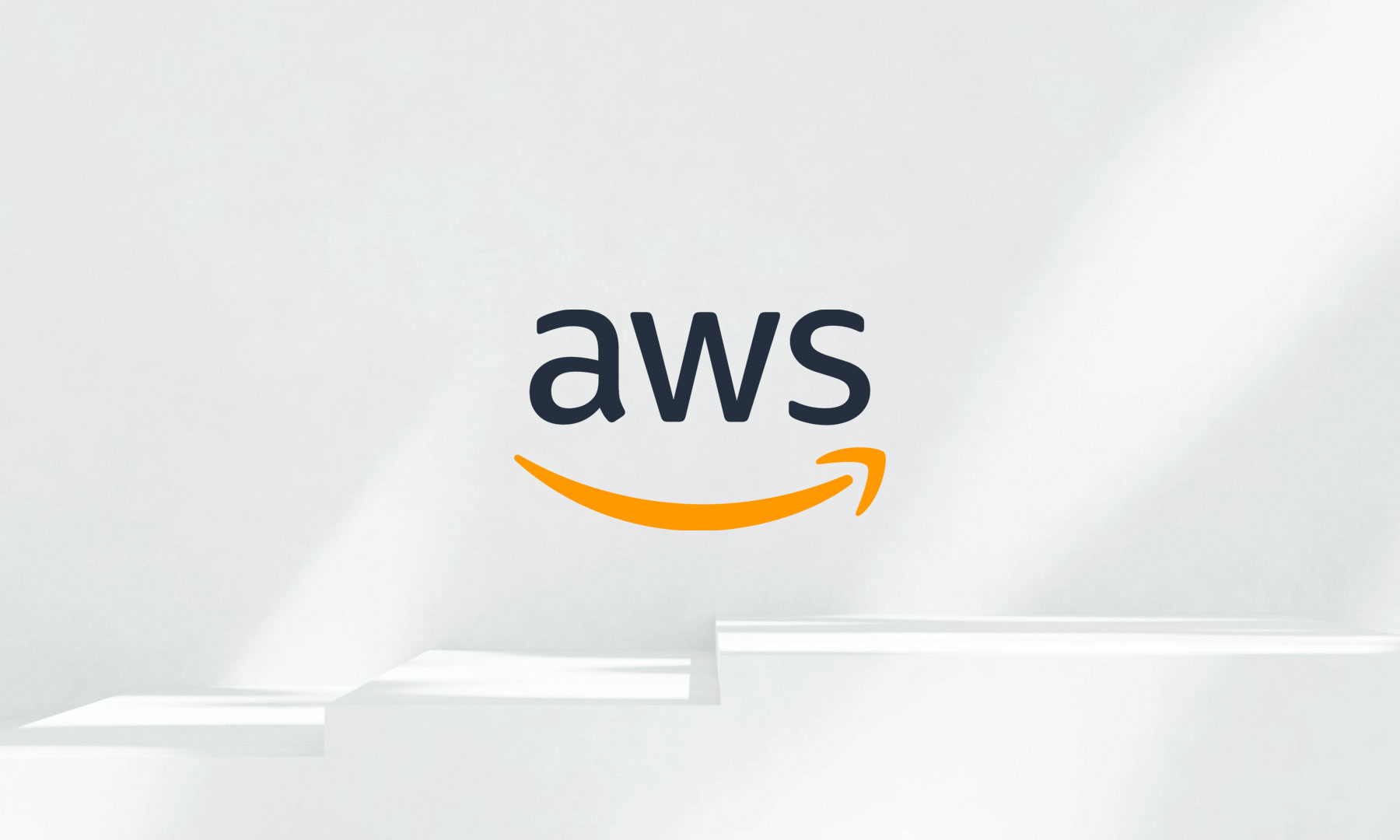GFT Develops Flexible, Secure, and Cost-Effective Cloud Environment
Massive cost savings
Achieved an 87.6% reduction in annual infrastructure costs by leveraging Amazon EKS and spot instances.
Streamlined architecture
Reduced 180 EC2 instances to just 18, centralized across six EKS clusters.
Enhanced security
Implemented IAM roles for secure, multitenant access with simplified security controls.
We are in the client’s ranks every day, and this gives us the opportunity to contribute new initiatives. In this case, we were able to offer the client an internal platform that its business units can leverage to be more standardized and cost-effective.
Challenge
Tackling costly CI/CD inefficiencies and scalability issues
A large private-equity firm operated a continuous integration and continuous delivery (CI/CD) system on Amazon Web Services platform that was running inefficient resource groupings that were overprovisioning and lacked scalability, driving up costs. The system had more than 180 on-demand EC2 instances across 153 AWS accounts and multiple environments. This presented a significant challenge for the platform engineering team, which was responsible not just for maintaining what was already running but also for integrating new releases and keeping the entire system updated and secure.
A GFT team was working internally with the client on different projects and needs that arose. The client was using Jenkins, and aimed to streamline its instances, reduce costs, and establish a standardized platform across all business units. Our team was provided a set of requirements from which we developed the solution.
We identified opportunities to simplify the architecture and lower operational costs. The client appreciated our recommendations and asked us to lead the engineering project.
Engagement
Building a cost-effective and scalable CI/CD architecture
In just six months, the GFT team designed, built, and reviewed the new architecture. We optimized the resource allocation, reducing the number of on-demand EC2 instances by centralizing resources through the Amazon Elastic Kubernetes Service (EKS) clusters. This included using cost-effective resources like spot instances because of their lower costs compared with on-demand instances. Spot instances are ideal for flexible workloads that can tolerate interruptions, such as batch processing and CI/CD jobs, and they are significantly cheaper than on-demand instances.
The project restructured the CI/CD workflows using GitLab Runner and deployed them on Amazon EKS. The spot instances were used to support CI/CD delivery (CI/CD) operations, which automatically deploy code changes and run tests. Working with the client, the GFT team migrated the CI/CD functions from Jenkins to GitLab Runner. In addition, the team implemented autoscaling, which allows the system to automatically adjust the number of active resources, such as servers or instances, based on the current load. In cloud environments, autoscaling ensures that applications can handle different levels of traffic by adding or removing resources as needed, optimizing performance and cost.
The team used a software development life cycle (SDLC) model for developing software applications and pipelines to move code from development to production. And by applying IAM roles for service accounts (IRSA), an Amazon EKS feature, we provided secure, multitenant access and egress-only traffic that simplified the client’s security.
Outcome
Achieving significant cost savings and operational efficiency
The client expects an 87.6% reduction in annual infrastructure costs, in addition to significant improvement in operating efficiency and reduced indirect labor costs. Working with the client, we applied the strategic use of EKS clusters, Karpenter for dynamic node provisioning, and spot instances for achieving the client’s goal of cost-effectiveness without compromising system reliability.
Once the solution is fully implemented, we will be able to reduce the client’s 180 EC2 instances to 18, running within six EKS clusters, distributed across three AWS accounts. By adopting spot instances for fault-tolerant workloads, the client expects to save as much as 90% over on-demand instances.
The project reflects GFT’s ability to manage intricate projects within the scope of our ongoing contracts, providing clients with continuous, high-quality support.
Download - just one click away
Ask Our ExpertCarlos Kazuo Missao

Ask Our ExpertAlfredo Neves







